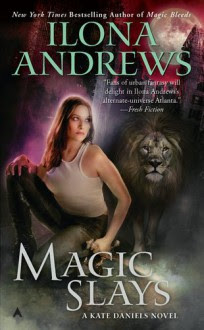 |
| 4 out of 5 stars |
Join renowned archaeologist Genevieve von Petzinger on an Indiana Jones-worthy adventure from the open-air rock art sites of northern Portugal to the dark depths of a remote cave in Spain that can only be reached by sliding face-first through the mud. Von Petzinger looks past the beautiful horses, powerful bison, graceful ibex, and faceless humans in the ancient paintings. Instead, she’s obsessed with the abstract geometric images that accompany them, the terse symbols that appear more often than any other kinds of figures—signs that have never really been studied or explained until now.
Part travel journal, part popular science, part personal narrative, von Petzinger’s groundbreaking book starts to crack the code on the first form of graphic communication. It’s in her blood, as this talented scientist’s grandmother served as a code-breaker at Bletchley. Discernible patterns emerge that point to abstract thought and expression, and for the first time, we can begin to understand the changes that might have been happening inside the minds of our Ice Age ancestors—offering a glimpse of when they became us.
I’ve been fascinated with cave art since I was about 11 or 12 years old. I blame Children’s Digest. I don’t know who started my subscription to that periodical, but it started quite an assortment of interests which I still read about whenever possible. I distinctly remember a story about a young girl who fell in a hole in Spain and accidentally discovered the Altimira cave system, with its profusion of cave paintings.
So imagine my frenzied fangirl squee-ing when I discovered that one of the leading researchers into the meaning of the abstract & geometrical cave paintings & engravings is a woman and a Canadian. Colour me impressed. And she’s young—there will be more to come from this researcher.
Studying the symbols in cave art seems to be a field whose time has come. This book is partially a travelogue, detailing many of the caves that the author has explored and the symbols recorded. Now that computers are up to the task of keeping track of age, place and position of each symbol, patterns can be discerned and intriguing theories can be concocted. The author is careful to tell us that she hasn’t “translated” these signs yet, but progress is being made. I think it is incredible that there are only 32 basic signs used and that they show pattern and purpose.
One of her most interesting theories is that this “vocabulary” of symbols came with the first humans to Europe and wasn’t invented on the spot. Researchers must turn their eyes back to Africa to see if the beginnings of this tradition can be sussed out.
Also of note (although disappointing to me personally), is that these symbols are probably not entoptic phenomena (visual effects that have their genesis in the eye with no outside stimulation). I’ve seen entoptic effects during visual migraines and they are frightening until you realize what they are. They are flashing arrows, zigzags, circles, Xs, etc. that (for me anyway) were produced when my neck muscles clenched so tightly that input to the optic nerve was cut off. Not only did I think I was going blind, but I was seeing neon-flashing symbols! An earlier theory had postulated that cave artists were merely transcribing their own entoptic symbols from either the sensory deprivation of long, dark cave meditations or from drug-induced trances. The statistics just don’t support this interpretation, however, as the symbols aren’t evenly spread. Unless these cave artists just ignored some symbols, they should all be represented.
A very enjoyable read, clearly written and accessible to those of us who haven’t been keeping up with the research in the field. Now, more than ever, seeing some original cave art is on my bucket list.



















